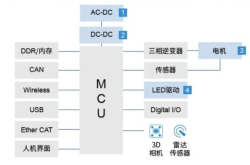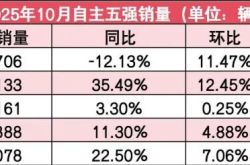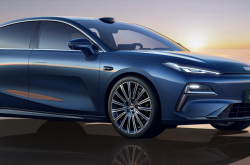Goldman Sachs Predicts: Autonomous Driving's Gradual Rise in China, From "Sci-Fi Fantasy" to "Office Routine"?
![]() 05/27 2025
05/27 2025
![]() 707
707
Introduction
Dear office workers, do you recall the days of arguing with taxi drivers during morning and evening commutes?
"Driver, turn right ahead!" "The navigation says to turn left!" "Is your navigation from a decade ago?"...
Today, China is witnessing a quiet transportation revolution – Robotaxi is transitioning from laboratories to city streets.
Goldman Sachs' latest report forecasts that by 2035, China's Robotaxi market will soar from $54 million in 2025 to $47 billion, an 870-fold increase over a decade!
Today, Unmanned Car is Coming (WeChat official account: Autonomous vehicles have arrived) explores the "transformation" journey of Robotaxi and delves into the "pitfalls" and "treasures" behind this revolution.
(For reference, please click: Waymo's 10 million rides vs. Robotaxi's 11 million rides: The covert battle for autonomous driving supremacy in China and the US – who holds the "money power" in autonomous driving?)
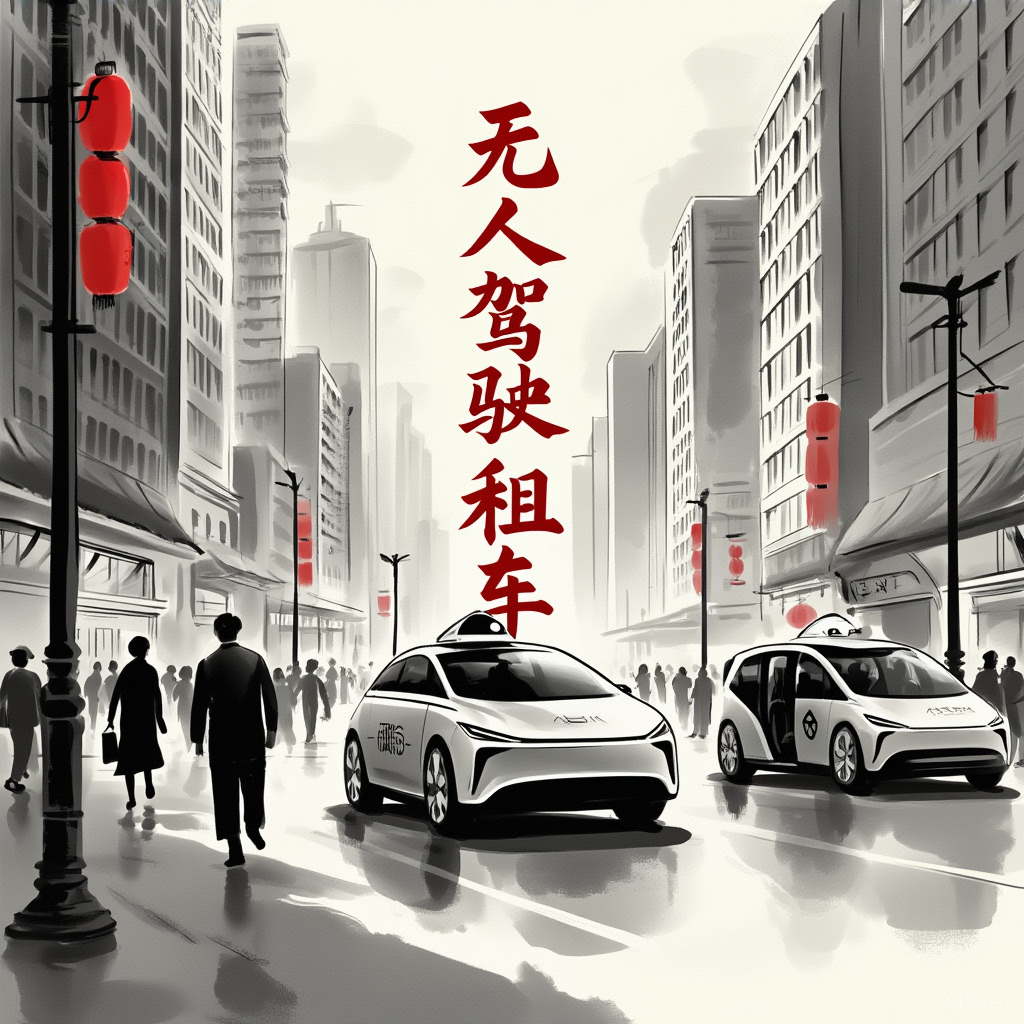
I. Market Surge: From "54 Million to 47 Billion", How Robotaxi Demonstrates "China Speed"?
1. 870-Fold Increase in a Decade: Even More Aggressive Than Real Estate Prices!
Goldman Sachs' prediction is truly "sci-fi-level": $54 million in 2025, $12 billion in 2030, and $47 billion in 2035!
This growth curve is steeper than Bitcoin!
For example, if you take a Robotaxi in Beijing for 50 yuan in 2025, it might only cost you 50 cents by 2035 (of course, prices may also rise).
Behind this is a "cliff-like" drop in technology costs: LiDAR has gone from being "exclusive to luxury cars" to being "dirt cheap", algorithm optimization has reduced interventions per kilometer from 10 to 0.1, and operating costs are approaching or even lower than those of traditional taxis.
2. First-Tier Cities "Taste the New", Second-Tier Cities "Take the Baton"
The commercialization path of Robotaxi is akin to "leveling up by defeating monsters": pilot projects start in first-tier cities (such as Beijing, Shanghai, and Shenzhen) and then expand to new first-tier cities (such as Wuhan, Changsha, Chengdu, and Hangzhou) and second- and third-tier cities.
For example, Robotaxi in Beijing's Yizhuang district can skillfully avoid "food delivery riders jaywalking", and driverless cars in Shanghai's Jiading district have even learned to "yield to pedestrians".
Goldman Sachs predicts that the gross margin of Robotaxi in first-tier cities will turn positive in 2026, followed by profitability in new first-tier cities, and second-tier cities will also "turn losses into profits" by 2031.
By then, taxi drivers in third- and fourth-tier cities may have to collectively transform: "Driver, why not take the driverless car safety officer exam?"
II. Technological Breakthrough: How Do Driverless Cars Transform from "Road Killers" to "Old Hands"?
1. Accident Rate Outperforming Humans: Even Steadier Than Old Hands?
Robotaxi's "safety KPI" is truly "exceptional": interventions per thousand kilometers, accident rates, extreme weather pass rates... These indicators directly determine survival.
Goldman Sachs' report shows that the accident rate of Robotaxi in 2025 is already 30% lower than that of traditional taxis, and it may drop by another 80% by 2035!
For example, Robotaxi in Wuhan has driven 100,000 kilometers in heavy rain with only one minor scratch, while human drivers might have already "flooded the entire road".
2. Sensors + AI: How Strong are the "Six Senses" of Driverless Cars?
Robotaxi's "sensory system" is comparable to that of a "superhero":
LiDAR is the "eyesight that reaches a thousand li", able to see pedestrians 200 meters away;
Cameras are the "fiery eyes with piercing vision", able to recognize traffic lights, road signs, and even police gestures;
Millimeter-wave radar is the "keen ear", able to penetrate through haze to perceive surrounding vehicles.
What's even more amazing is the AI algorithm: Through deep learning, driverless cars can predict pedestrians' "sudden appearance" and electric bikes' "sudden lane changes", and even learn "defensive driving" from old hands.
3. "Big Test" in Extreme Weather: Are Driverless Cars Afraid of Heavy Rain and Dust Storms?
No matter how advanced the technology, it still has to pass the weather test. Beijing's dust storms, Shanghai's typhoons, Guangzhou's heavy rain...
These "hell-level" scenarios are the ultimate test for Robotaxi.
For example, a certain brand of driverless car was tested in heavy rain in Shenzhen, and although its LiDAR was interfered with by water mist, it was still able to drive safely by fusing data from cameras and millimeter-wave radars.
In the future, driverless cars may also need to learn to "read the weather by looking at the clouds": automatically reduce speed during dust storms and turn on fog lights and honk the horn during heavy fog.
III. Policy and Insurance: The "Tight Shackles" and "Amulets" of Driverless Cars
1. Policy "Green Light": From "Pilot" to "Surge"
The Chinese government's support for Robotaxi is truly "obsessive": The national "14th Five-Year Plan" clearly supports autonomous driving, and local policies are "surging ahead".
For example, Shenzhen allows driverless cars to operate "without safety officers", Shanghai issues "official license plates" to Robotaxi, and Beijing even allowed driverless cars to transport athletes during the Winter Olympics.
But policies are not "unlimited indulgence": high-precision maps require approval, test routes have restrictions, and data security is regulated...
These "tight shackles" allow Robotaxi to "run wild" without "crossing the line".
2. Insurance "Century Puzzle": Who Pays for Driverless Car Accidents?
Robotaxi insurance is truly a "century puzzle": The responsible party for the accident may be the automaker, technology provider, operator, or even the passenger!
For example, how much should the automaker pay if a driverless car hits someone due to a system vulnerability? Will insurance companies recognize accidents caused by hacker intrusions?
Currently, the industry is exploring a combination of "vehicle insurance + liability insurance + data security insurance", but pricing is still like "opening a blind box": risk assessment is difficult, historical data is scarce, and liability division is complex...
Goldman Sachs predicts that by 2030, Robotaxi insurance rates may be 2-3 times those of traditional vehicles.
IV. Commercialization "Real Battle": How Does Robotaxi "Earn Money to Support the Family"?
1. Profit Model "Three Axes": Cost Reduction, Efficiency Enhancement, and Finding Investors
Robotaxi's money-making logic is like "leveling up by defeating monsters":
Cost Reduction: Hardware cost reduction (LiDAR price drop by 70%), algorithm optimization (reducing human intervention), energy savings (electric cars consume less power);
Efficiency Enhancement: 24-hour operation, carpooling mode, dynamic pricing (price surge during peak hours, discounts during off-peak hours);
Finding Investors: Collaborating with traditional travel platforms (such as Didi and Gaode Maps), accessing government "smart transportation" projects, and developing advertising spaces (playing ads on the LED screen on the roof).
For example, a certain brand of Robotaxi piloted a carpooling mode in Guangzhou, increasing daily order volume by 300% and directly turning the gross margin positive.
2. Operation Mode "Innovative Approaches": Shared Ownership, Driverless Car "Designated Driver"?
Robotaxi's operation mode is even wilder than "shared bikes":
Shared Ownership: Users purchase the right to use the vehicle, and the operator is responsible for maintenance, with revenue sharing;
Driverless Car "Designated Driver": Private cars are connected to the Robotaxi platform when not in use, allowing owners to earn money while doing nothing;
B-end Customization: Providing exclusive driverless car fleets for logistics companies and scenic spots.
For example, a residential community in Shanghai has launched a "driverless car sharing plan", where owners' cars run as Robotaxi during the day and return home to pick up children at night, with a monthly income of over 10,000 yuan not being a dream!
V. Future Challenges: Can Robotaxi Become a "Universal Travel Tool"?
1. Consumer Trust: Would You Dare Let a Driverless Car "Take Your Kids"?
Despite technological maturity, consumer trust remains a "stumbling block".
A Goldman Sachs survey shows that only 30% of Chinese people are willing to take Robotaxi in 2025, which may increase to 60% by 2035.
For example, when a certain brand of driverless car was tested in Chengdu, an aunt refused to get on the car: "How can a machine be as reliable as a human? What if it takes me away and sells me?"
In the future, Robotaxi may need "emotional design": installing large screens in the car to play funny videos, AI voice chatting like a friend, and even providing "one-click emergency contact calling".
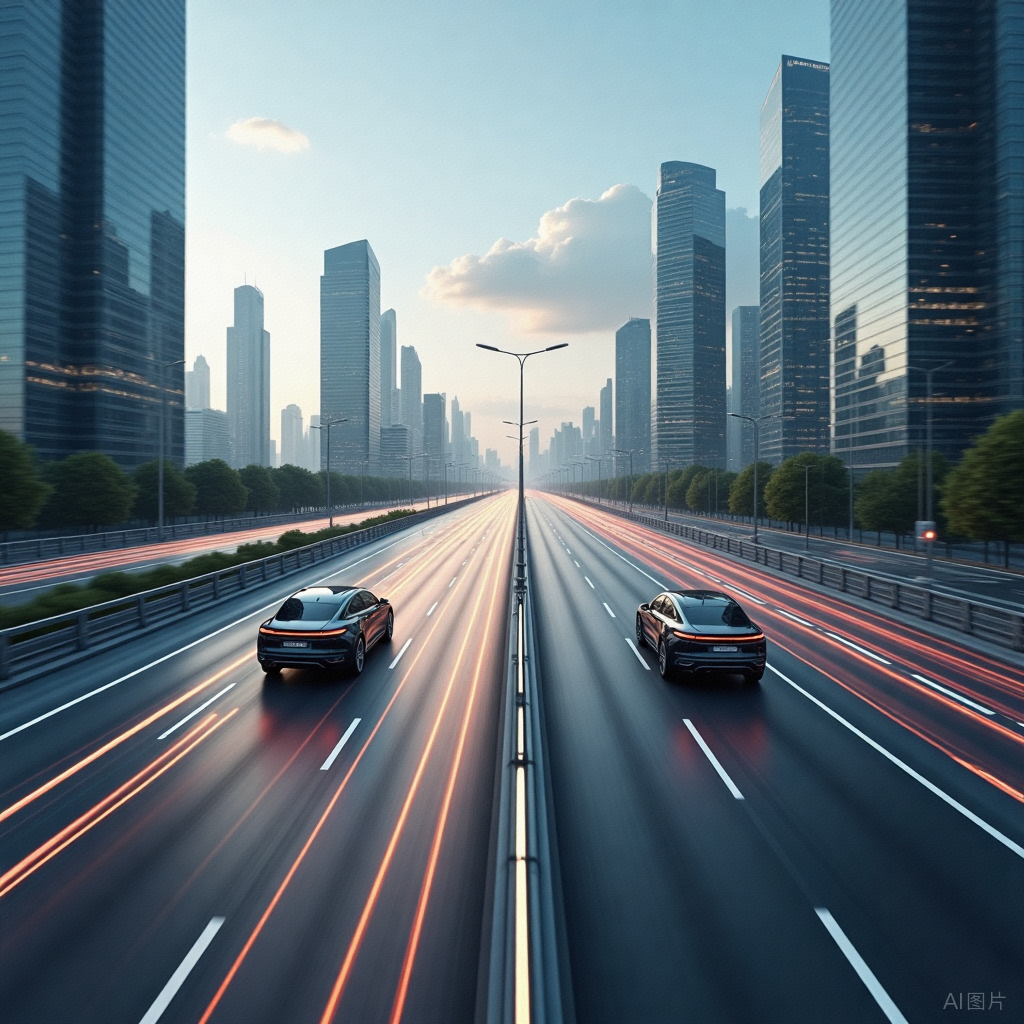
2. Driver Transformation: What Will Happen to the 3 Million Taxi Drivers?
The popularization of Robotaxi may render 3 million taxi drivers "unemployed".
But crises also present opportunities: They can transform into driverless car safety officers, operation and maintenance engineers, and data annotators.
For example, an automaker in Beijing has launched a "driver reemployment plan", providing free training for safety officers with a starting monthly salary of 15,000 yuan.
In the future, drivers may transform from "steering wheel controllers" to "driverless car guardians".
3. Urban Planning: What Kind of "Smart Road" Does Driverless Car Need?
The popularization of Robotaxi requires supporting "smart roads": vehicle-road coordination systems, 5G base stations, high-precision maps, smart traffic lights...
For example, Wuhan has built 191 kilometers of "smart roads", allowing driverless cars to receive real-time traffic light information to avoid "running yellow lights".
However, nationwide promotion still requires trillions of dollars in investment, which may require the government, automakers, and technology companies to "team up to defeat monsters".
VI. Conclusion: The "Starry Sea" of Robotaxi, Dare You Board the Ship?
From "54 million to 47 billion", from "labs" to "streets", the ten-year surge of Robotaxi is not only a technological revolution but also a social transformation.
It may make taxi rides cheaper, travel safer, and cities smarter, but it may also bring challenges such as unemployment, ethics, and regulation.
As Goldman Sachs' report states: "The future of Robotaxi is not about "whether it will arrive", but "how it will arrive"."
So, dear office workers, the next time you take a taxi, why not try Robotaxi – maybe it will say to you with a mechanical voice:
"Hello, I am your dedicated driver. Today's mood index: 98 points, traffic jam probability: 5%, recommended route: avoid the third ring road and take the smart tunnel!"
In short, Unmanned Car is Coming (WeChat official account: Autonomous vehicles have arrived) believes that:
Goldman Sachs' 870-fold growth prediction is similar to the script of bike-sharing in 2015. However, the cruelty of the Chinese market lies in the fact that:
Technology must run faster than PPTs (otherwise, policy subsidies will disappear in an instant);
Costs must be lower than those of taxis in third-tier cities (a starting price of 9.9 yuan is the life-and-death line);
Learn to coexist with "Chinese-style road rights" (don't talk about algorithm priority when encountering ambulances, quickly pull over to the side).
Perhaps, as a Robotaxi safety officer self-deprecatingly said: "We are not testing AI, but teaching AI to understand the real China."
Dear reader, what do you think? #Unmanned Car is Coming #Autonomous Driving #Self-Driving #Robotaxi #Goldman Sachs

